Tom's Hardware Verdict
Mushkin's Redline ECC Black DDR4-3600 C16 memory kit serves as a reasonable alternative for buyers who want ECC memory slightly faster than the JEDEC baseline.
Pros
- +
DDR4-3600
- +
ECC support
- +
Good heat spreader
Cons
- -
Poor AMD performance
- -
Single-rank
- -
1.4V DRAM voltage
Why you can trust Tom's Hardware
When you think of ECC (error correction code) memory, Kingston, Samsung, or Crucial are probably the first brands that cross your mind. There's an overabundance of memory vendors, but very few do business in the ECC market. Some may not know it, but Mushkin is one of the handful of companies that commercialize ECC memory kits, and it has some pretty good ones.
Mushkin advertises the Redline ECC Black DDR4-3600 as the world's first overclocked ECC memory kit, and that is true. However, ECC memory isn't prevalent outside the enterprise market, and manufacturers generally stick to JEDEC specifications, such as DDR4-2133, or some vendors even go up to DDR4-3200. Therefore, a DDR4-3600 ECC memory kit is undoubtedly a configuration you don't often see on the memory market. It does come in handy, though, given that AMD's Ryzen has always supported ECC and Intel has unlocked ECC memory support for its mainstream Alder Lake processors (provided you use a motherboard with the W680 chipset).
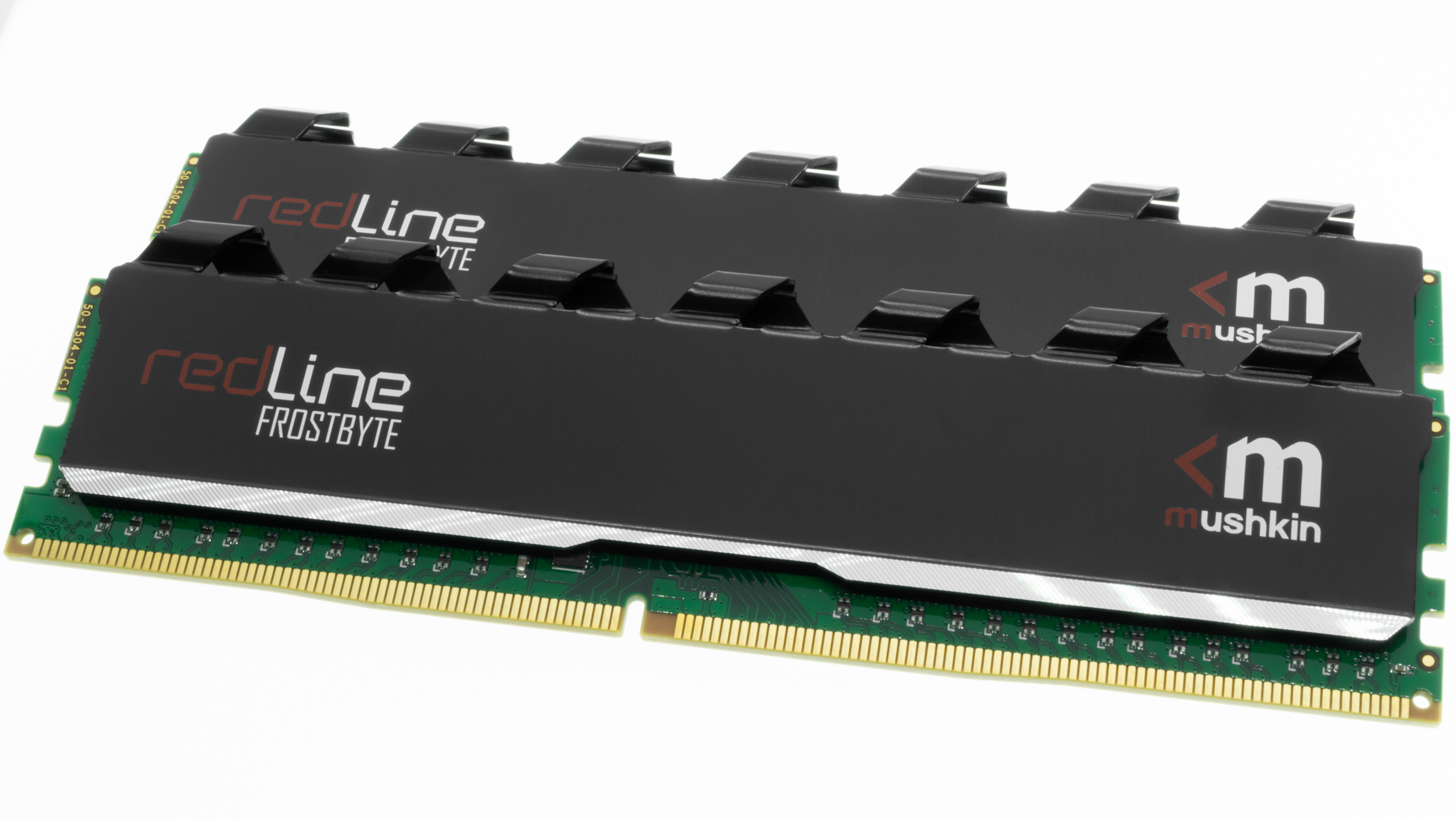
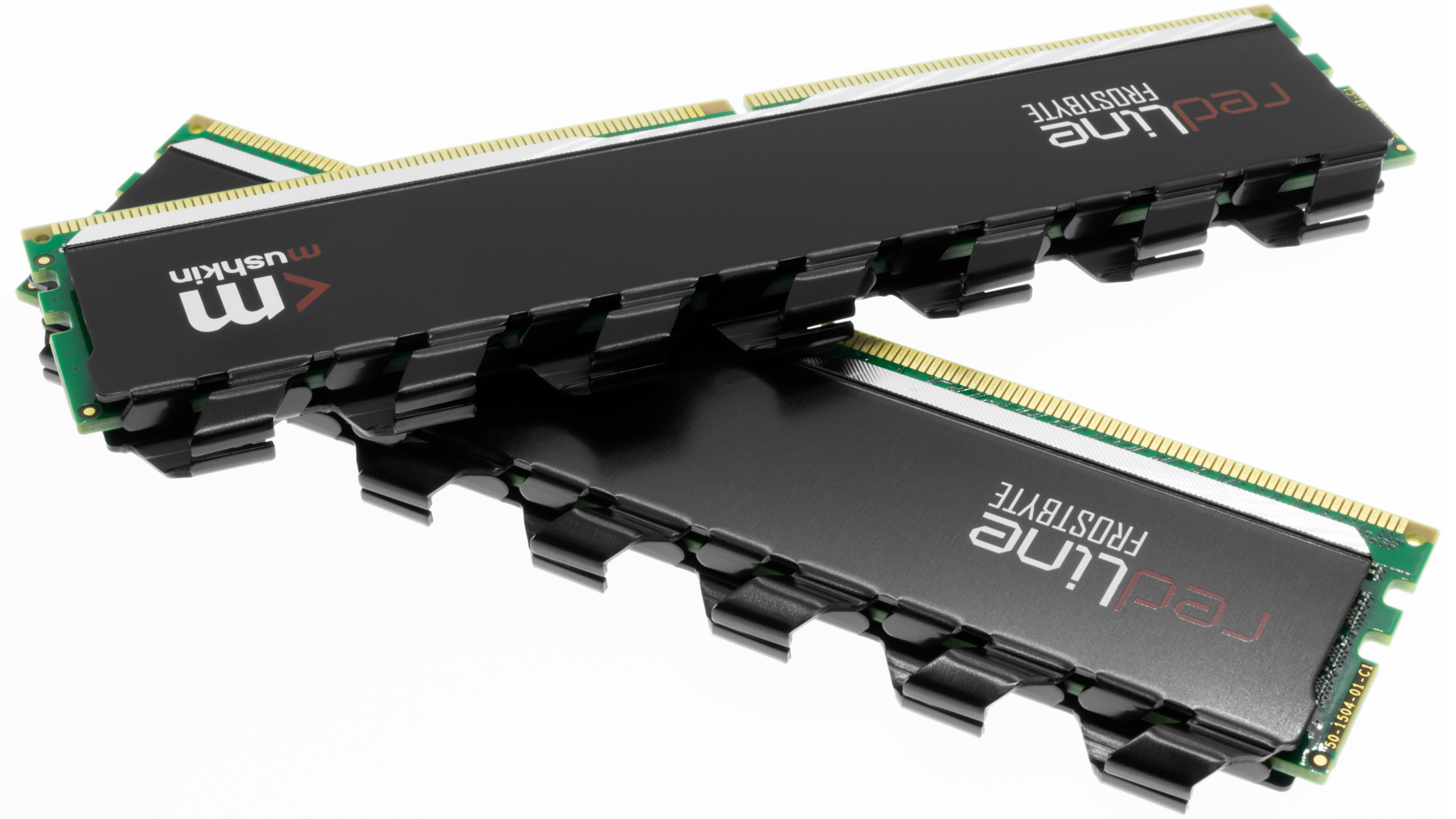
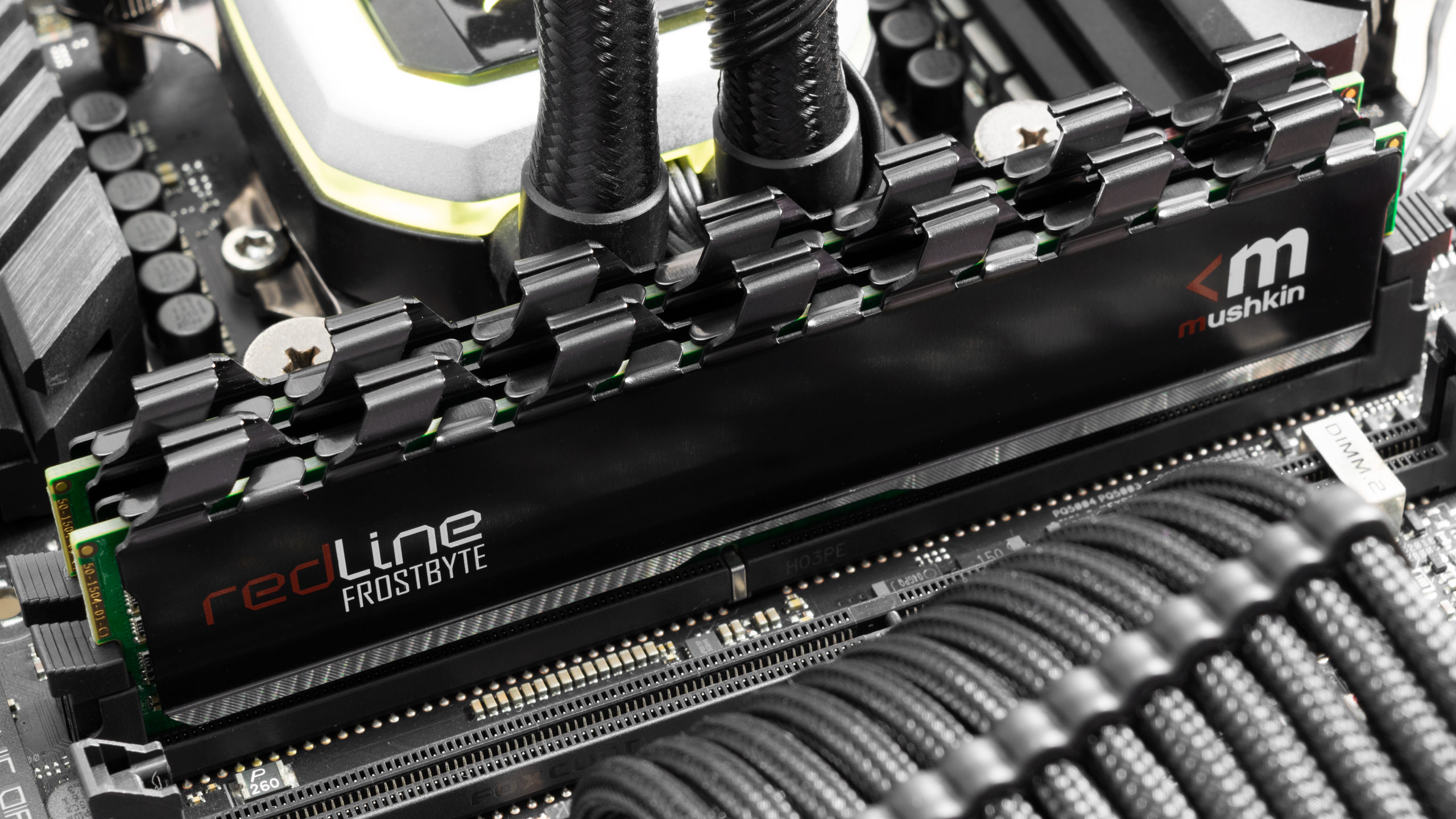
The Redline ECC memory modules come with a green PCB, which might be a letdown for some enthusiasts. Given that ECC memory primarily dwells in servers and workstations, the color of the PCB shouldn't be an issue for the majority of customers. However, a black PCB could have gone a long way with potential mainstream buyers looking to take advantage of Alder Lake or Ryzen's support for ECC memory. The Redline ECC checks in with a height of 38mm (1.5 inches), so it's friendly with most oversized CPU air coolers.
Mushkin equipped the Redline ECC with a lightweight aluminum heat spreader, which the brand calls Frostbyte. Unlike the company's other memory, the Redline ECC only comes in black or white. In addition, the heat spreader's top resembles a double helix, which looks pretty cool.
The Redline ECC Black arrives as a dual-channel memory kit with two 16GB memory modules. Each memory module has an eight-layer PCB and adheres to a single-rank design. Although Thaiphoon Burner couldn't pick up the integrated circuits (ICs) manufacturer, we suspect they're from Micron, given the single-rank structure and loose timings.
The memory modules run at DDR4-2666 at 19-19-19-43 natively. However, the XMP profile will configure them for DDR4-3600 with 16-19-19-39 timings and a 1.4V DRAM voltage. The required voltage is a bit high considering that there are DDR4-3600 memory kits with better timings at 1.35V. See our PC Memory 101 feature and How to Shop for RAM story for more on timings and frequency considerations.
Comparison Hardware
| Memory Kit | Part Number | Capacity | Data Rate | Primary Timings | Voltage | Warranty |
|---|---|---|---|---|---|---|
| G.Skill Trident Z Neo | F4-3600C16D-32GTZN | 2 x 16GB | DDR4-3600 (XMP) | 16-16-16-36 (2T) | 1.35 Volts | Lifetime |
| Mushkin Redline ECC Black | MRC4E360GKKP16GX2 | 2 x 16GB | DDR4-3600 (XMP) | 16-19-19-39 (2T) | 1.40 Volts | Lifetime |
| Mushkin Redline Lumina | MLA4C360GKKP16GX2 | 2 x 16GB | DDR4-3600 (XMP) | 16-19-19-39 (2T) | 1.40 volts | Lifetime |
| Klevv Bolt XR | KD4AGU880-36A180C | 2 x 16GB | DDR4-3600 (XMP) | 18-22-22-42 (2T) | 1.35 Volts | Lifetime |
| Silicon Power Xpower Zenith RGB | SP032GXLZU360BDD | 2 x 16GB | DDR4-3600 (XMP) | 18-22-22-42 (2T) | 1.35 Volts | Lifetime |
| Lexar Hades | LD4BU016G-R3600UDLH | 2 x 16GB | DDR4-3600 (XMP) | 18-22-22-42 (2T) | 1.35 Volts | Lifetime |
| Patriot Viper Steel RGB | PVSR432G360C0K | 2 x 16GB | DDR4-3600 (XMP) | 20-26-26-46 (2T) | 1.35 Volts | Lifetime |
| Mushkin Redline ECC White | MRD4E320EJJP16GX2 | 2 x 16GB | DDR4-3200 (XMP) | 14-18-18-38 (2T) | 1.40 volts | Lifetime |
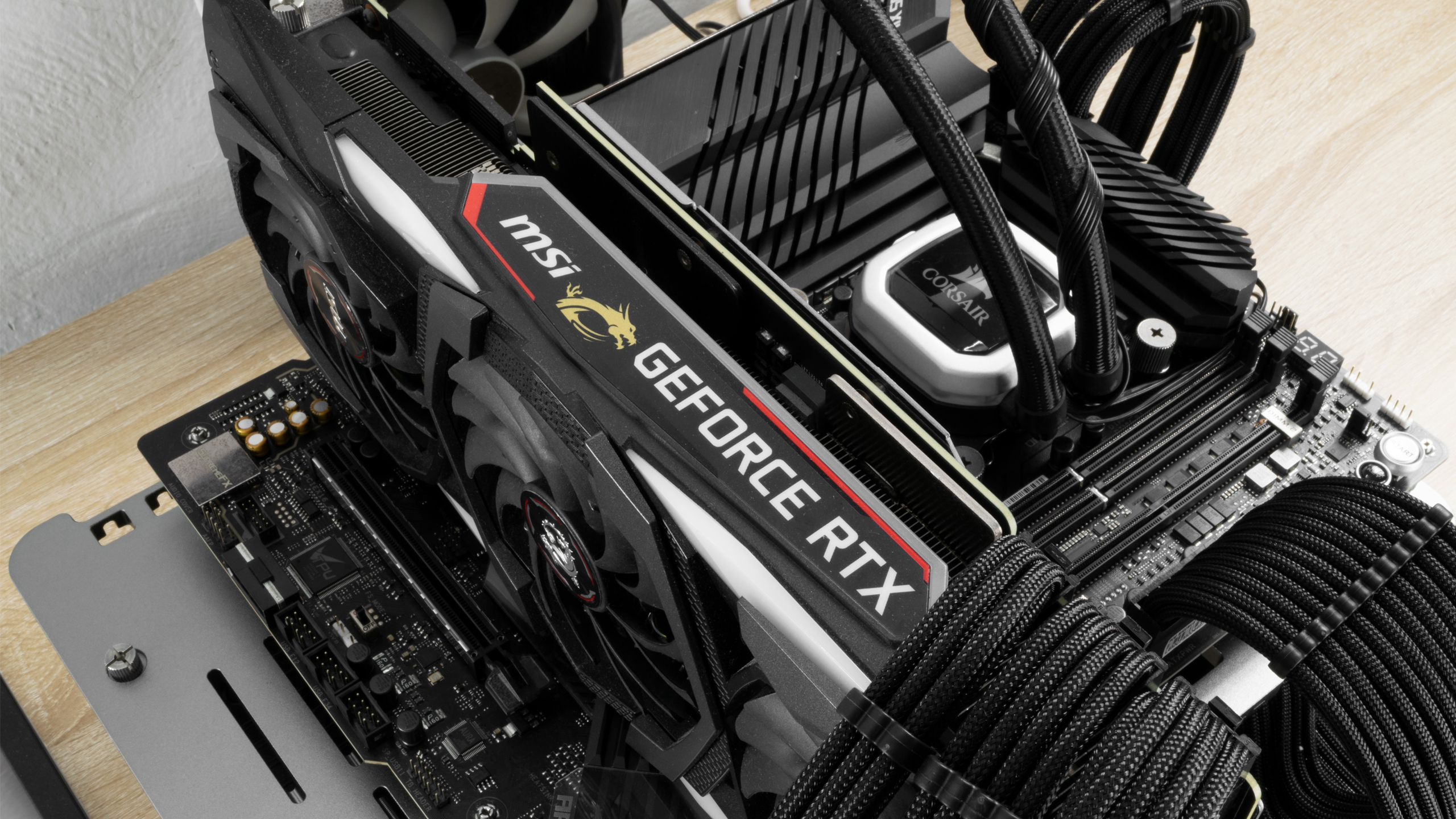
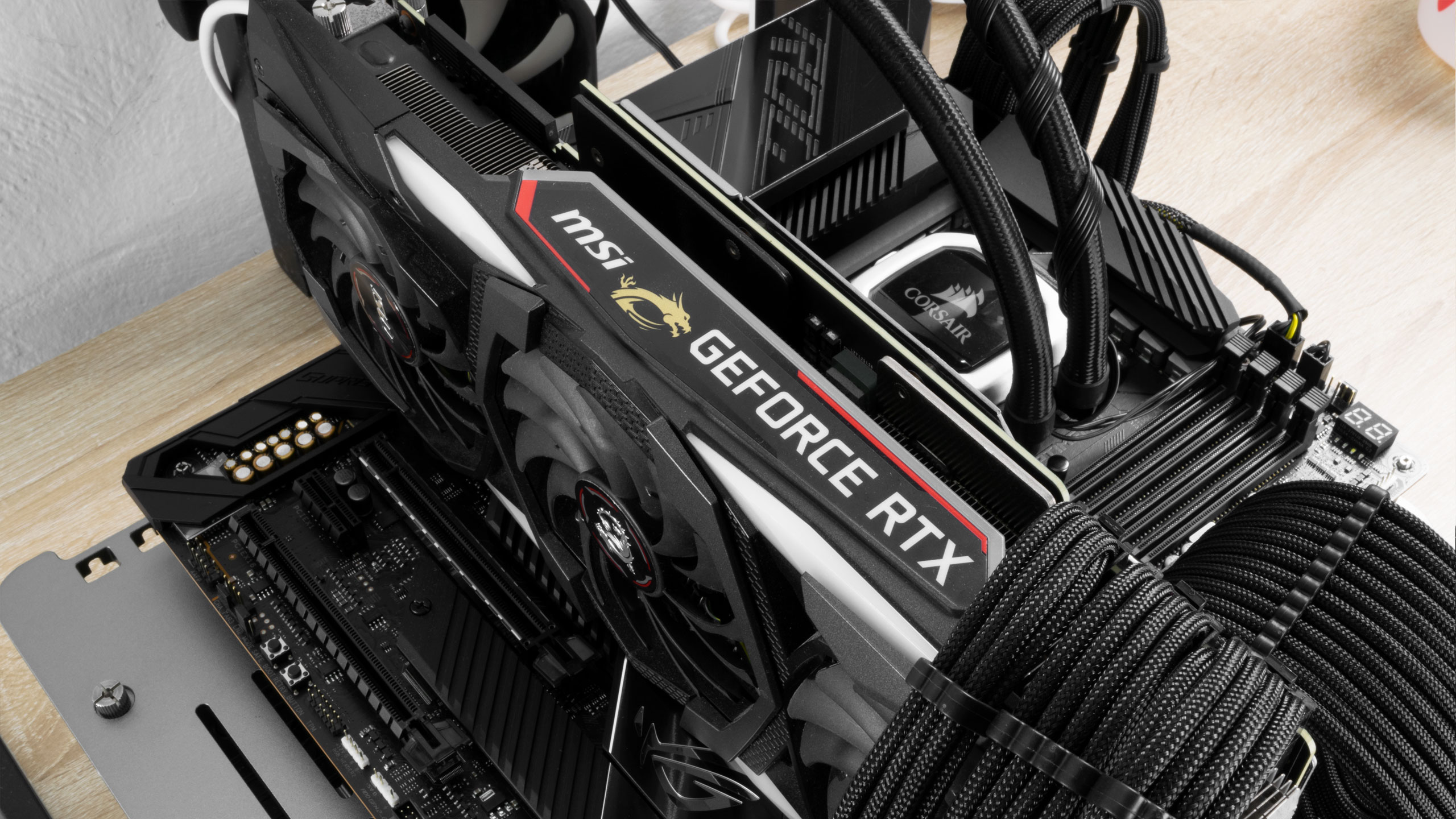
The Intel system employs the Intel Core i9-10900K and Asus ROG Maximus XII Apex, which operates on the 0901 firmware. On the opposite side, the AMD system consists of the AMD Ryzen 9 5900X and the Asus ROG Crosshair VIII Dark Hero. The latter is on the 3501 firmware. The MSI GeForce RTX 2080 Ti Gaming Trio ensures no bottlenecks in our gaming RAM benchmarks.
Get Tom's Hardware's best news and in-depth reviews, straight to your inbox.
| Header Cell - Column 0 | Intel System | AMD System |
|---|---|---|
| Processor | Intel Core i9-10900K | AMD Ryzen 9 5900X |
| Motherboard | Asus ROG Maximus XII Apex | Asus ROG Crosshair VIII Dark Hero |
| Graphics Card | MSI GeForce RTX 2080 Ti Gaming X Trio | MSI GeForce RTX 2080 Ti Gaming X Trio |
| Storage | Crucial MX500 500GB, 2TB | Crucial MX500 500GB, 2TB |
| Cooling | Corsair Hydro H115i Pro | Corsair Hydro H115i Pro |
| Power Supply | Corsair RM650x 650W | Corsair RM650x 650W |
| Case | Streacom BC1 | Streacom BC1 |
Intel Performance
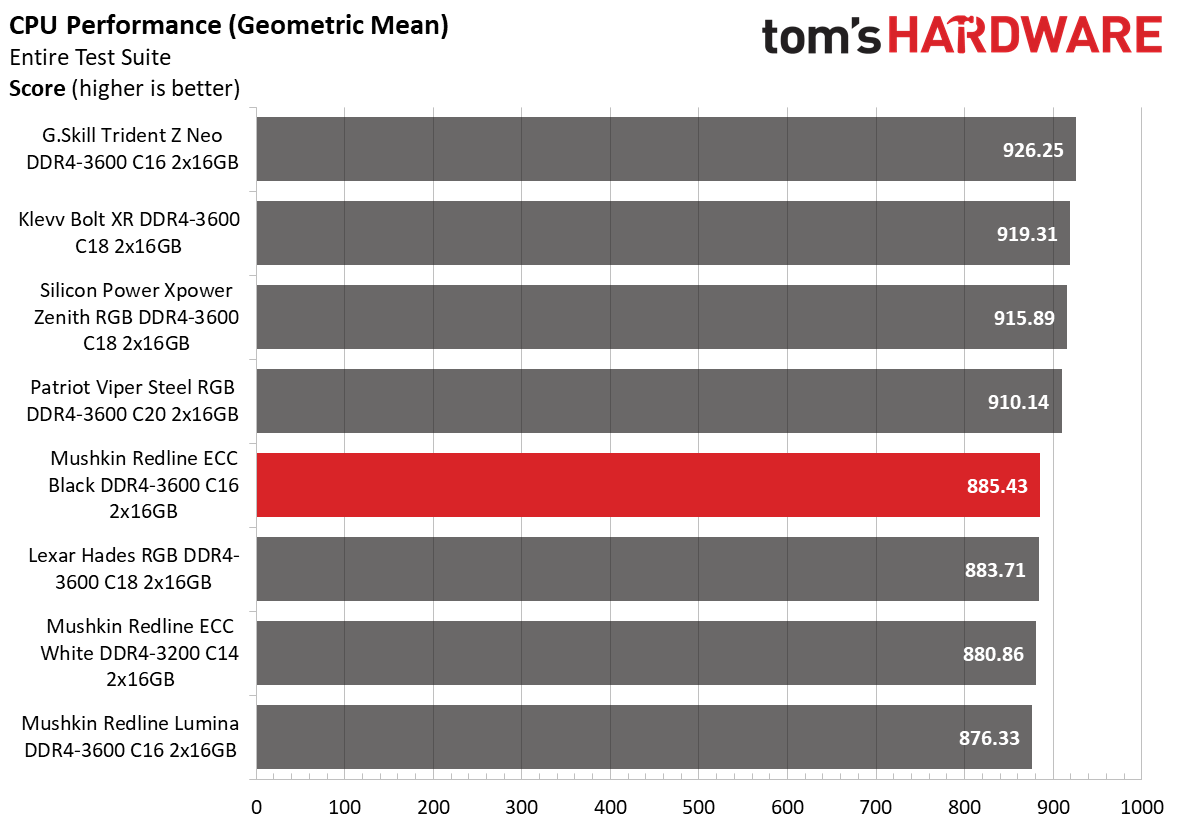
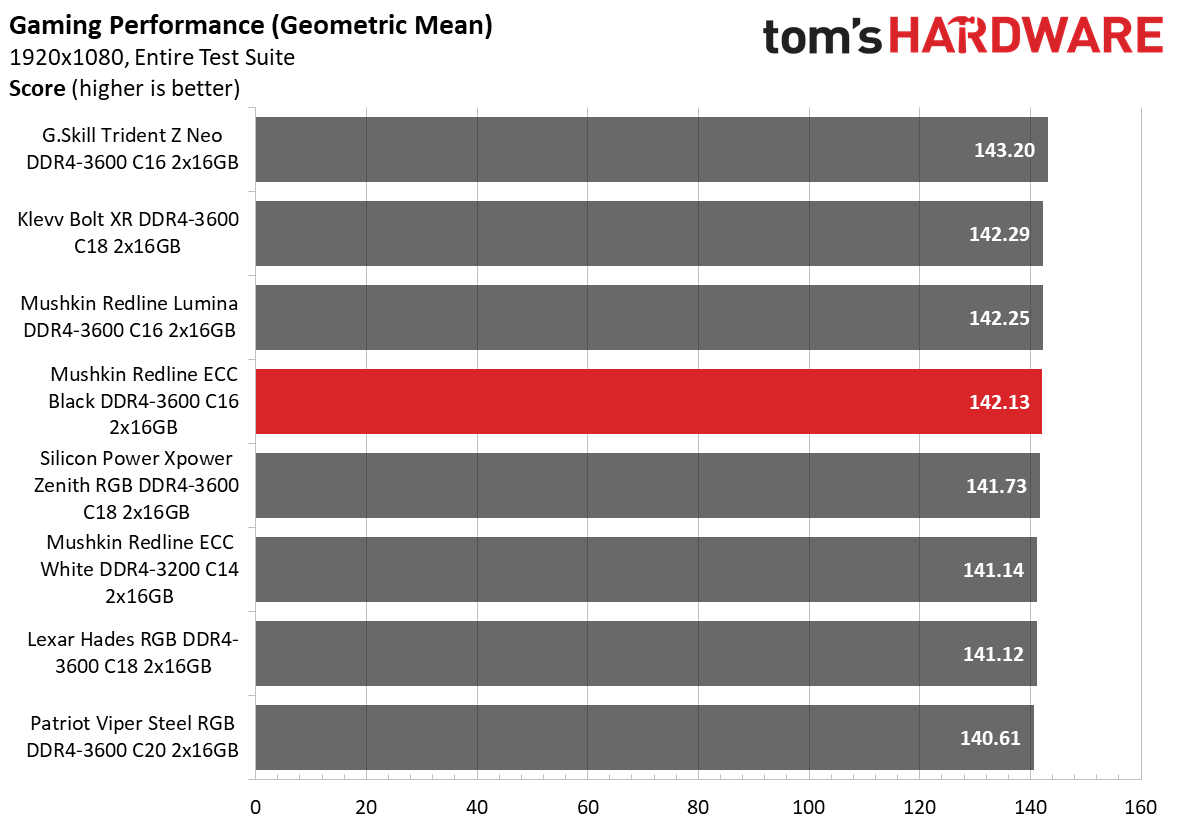

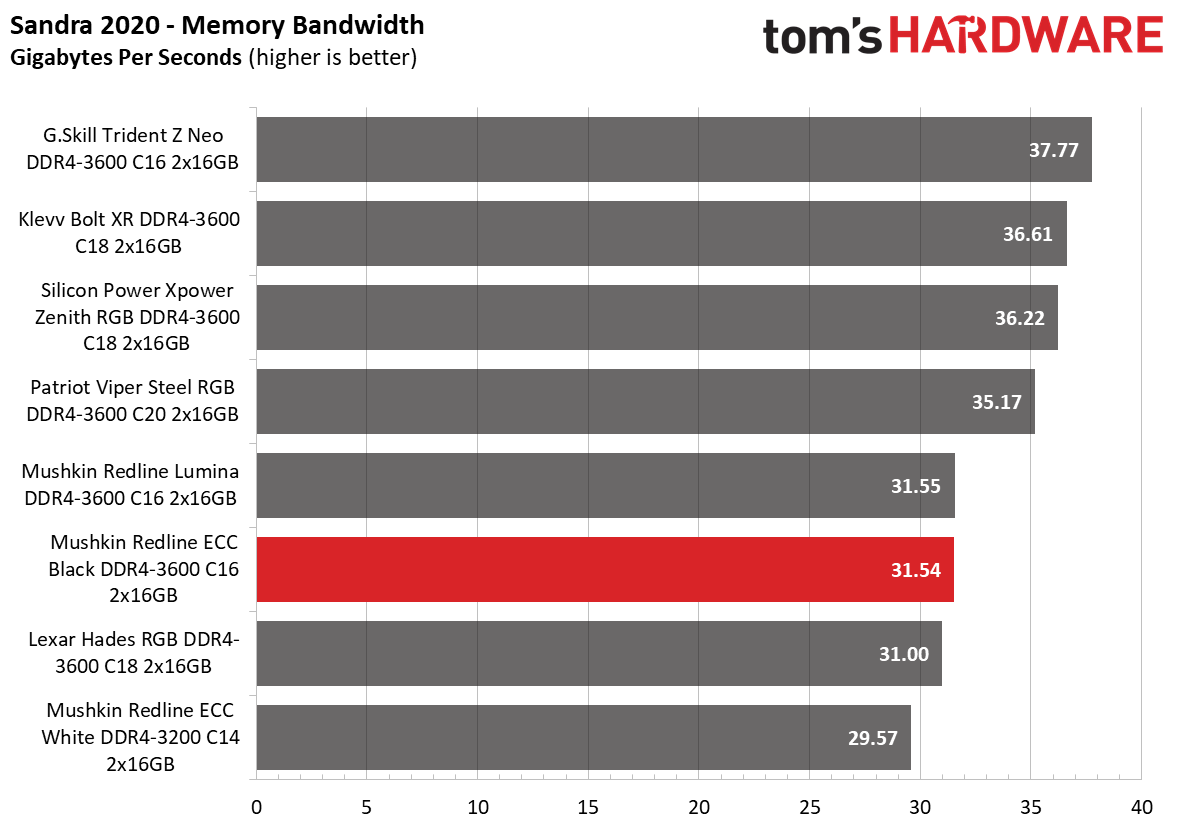

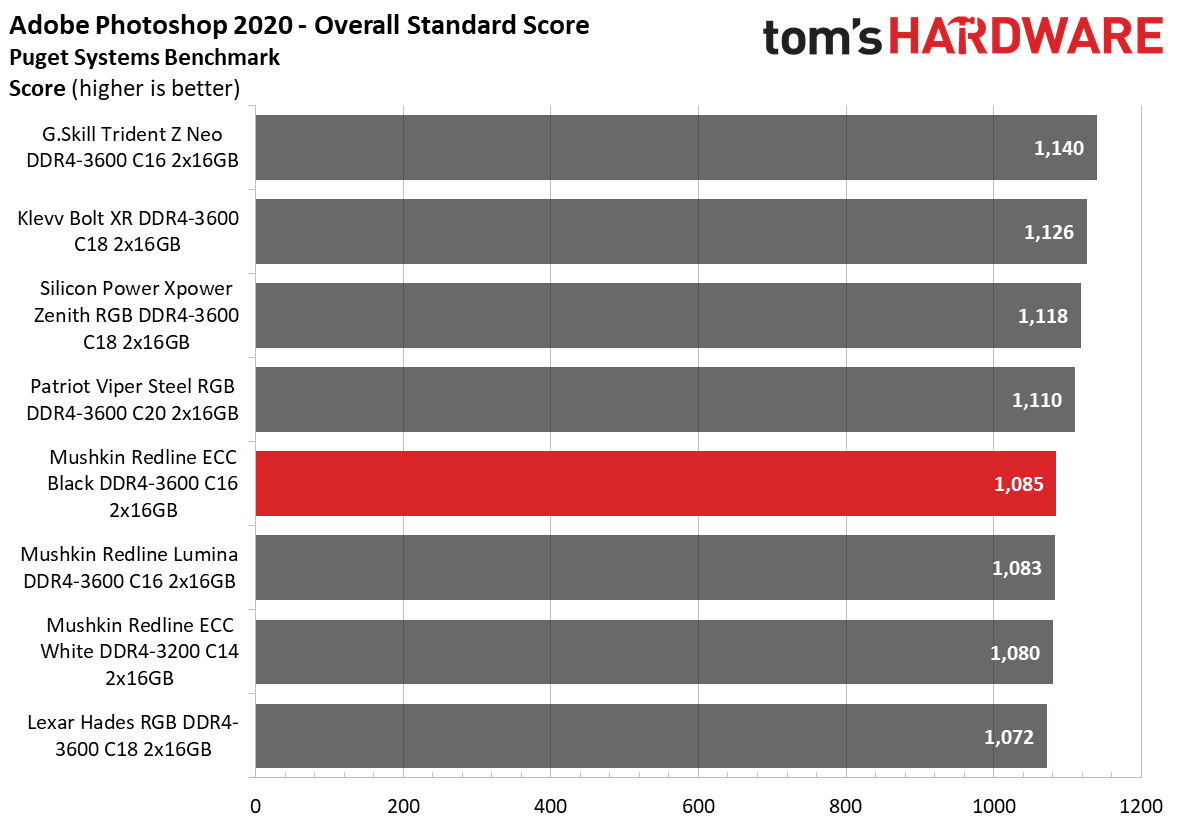
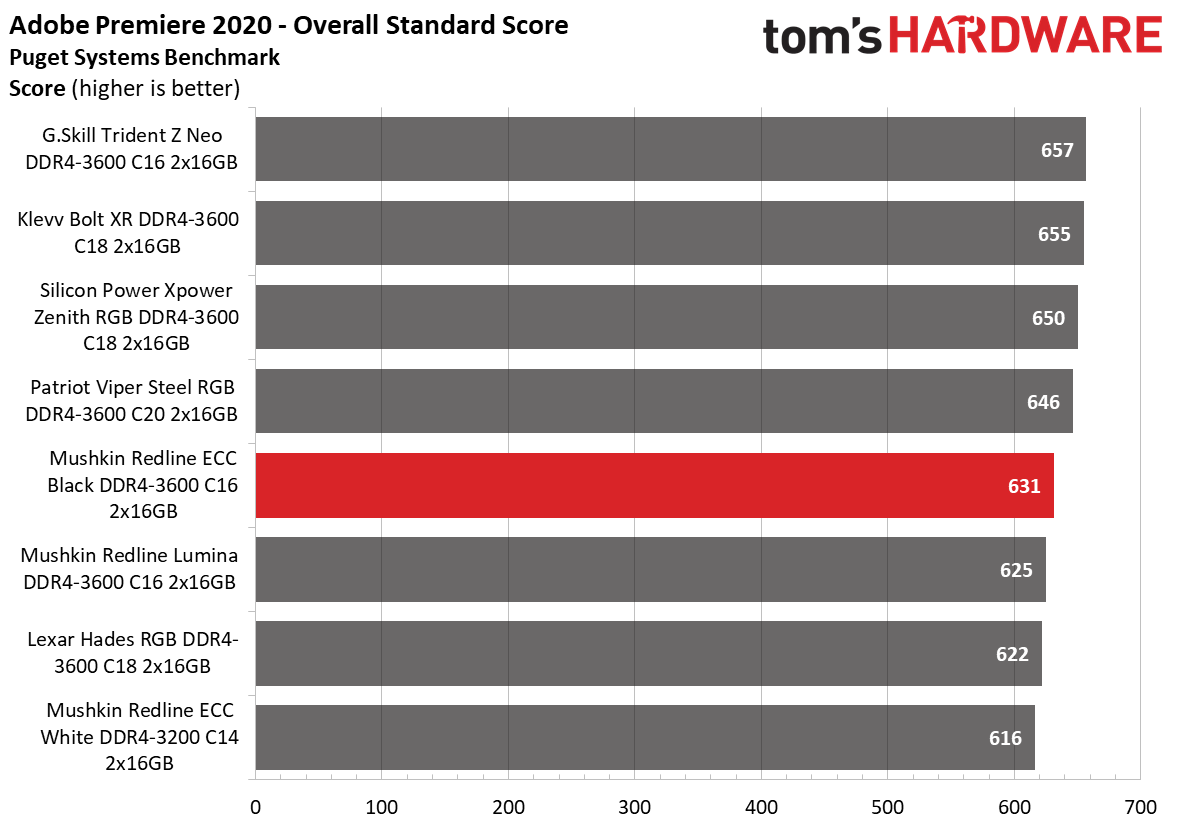
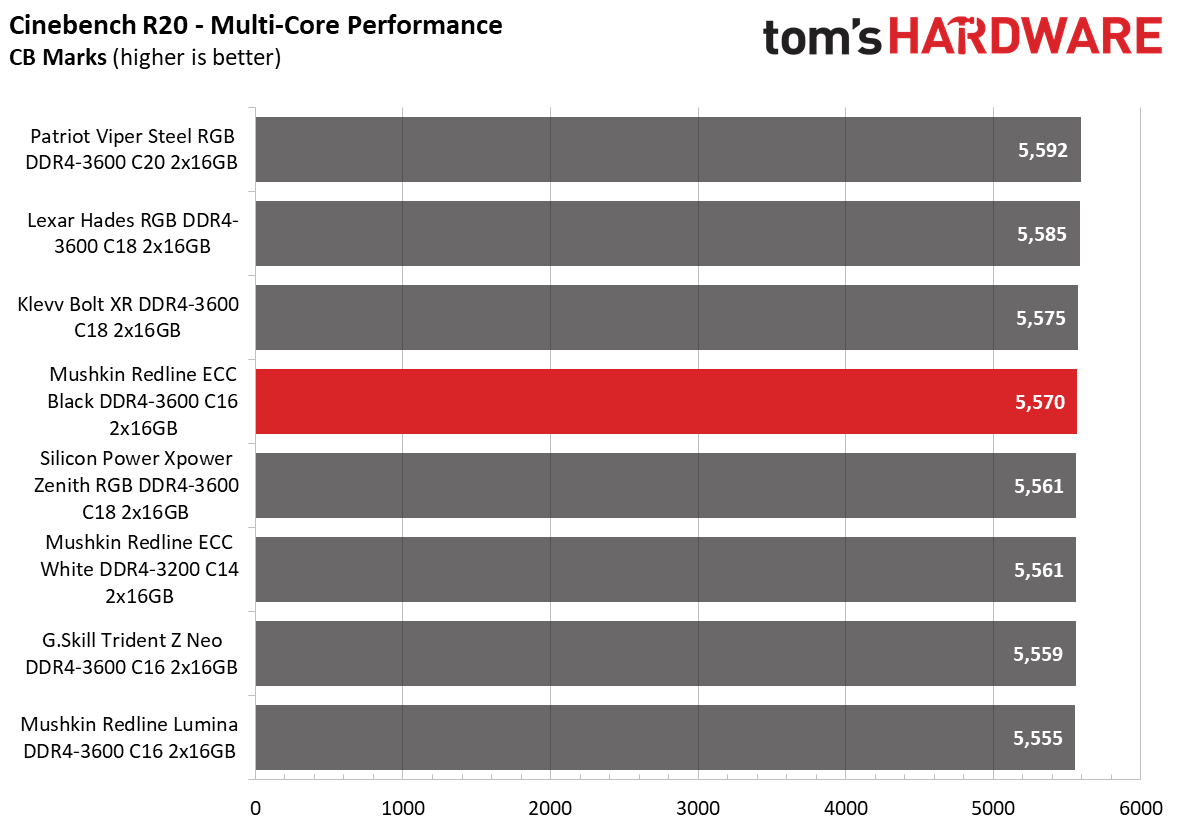
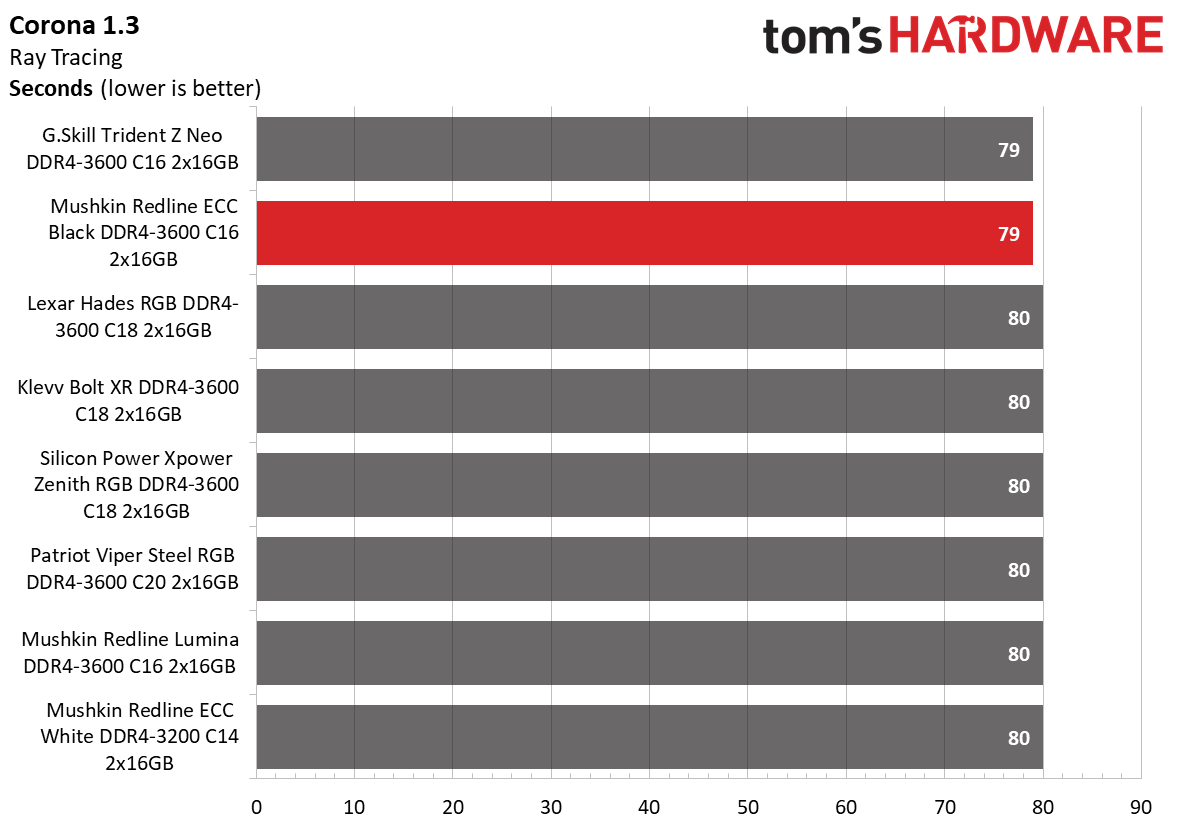
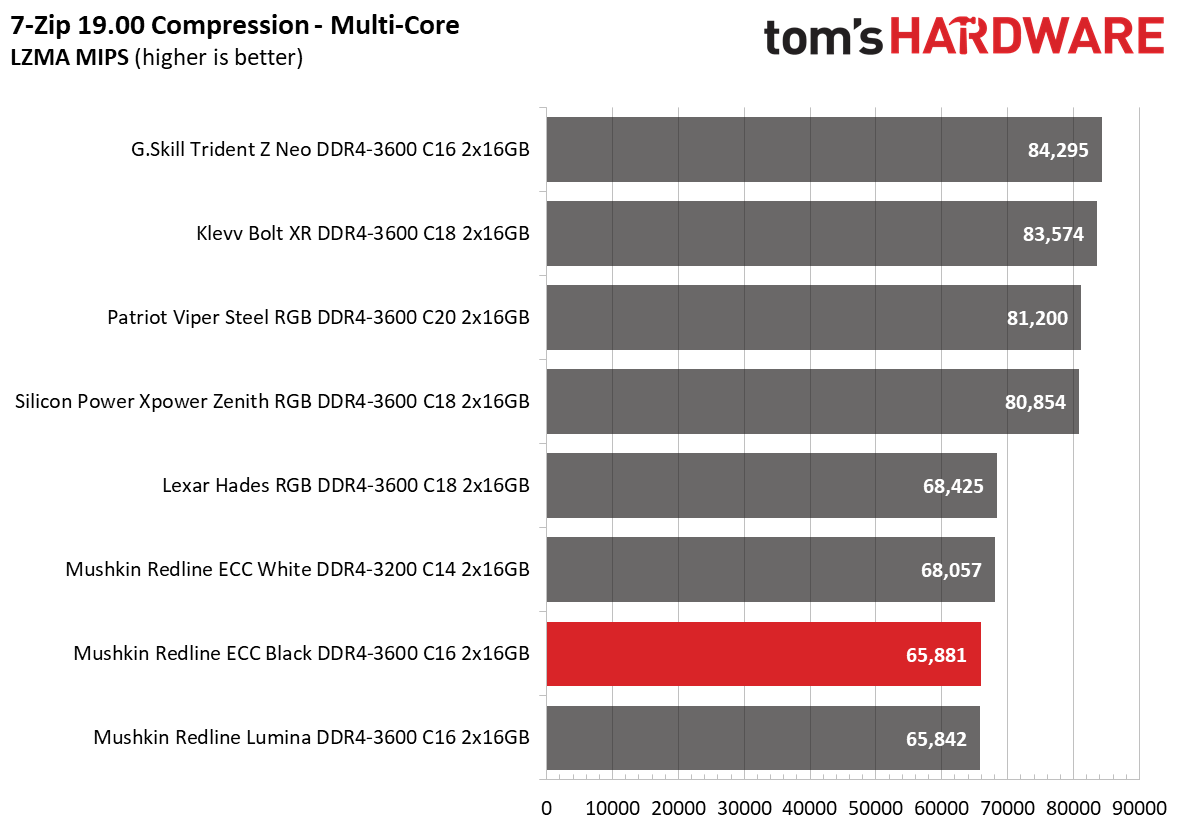


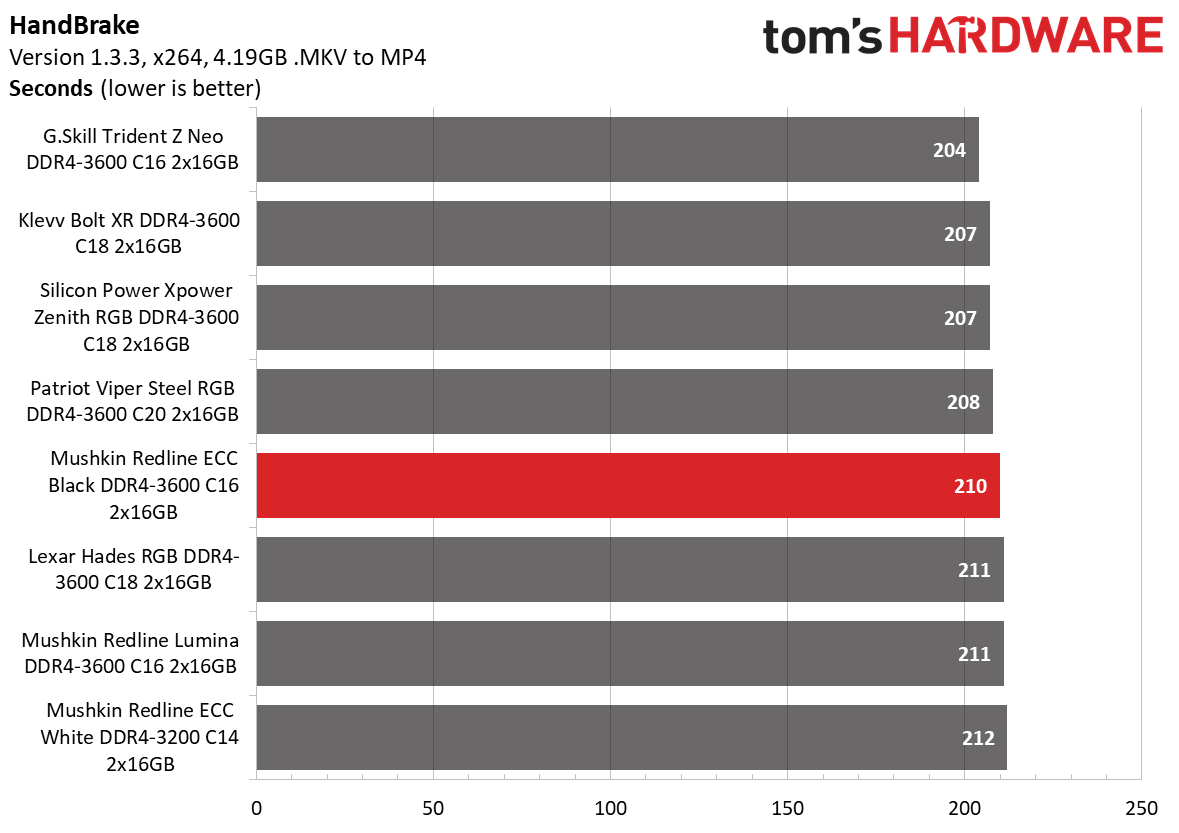

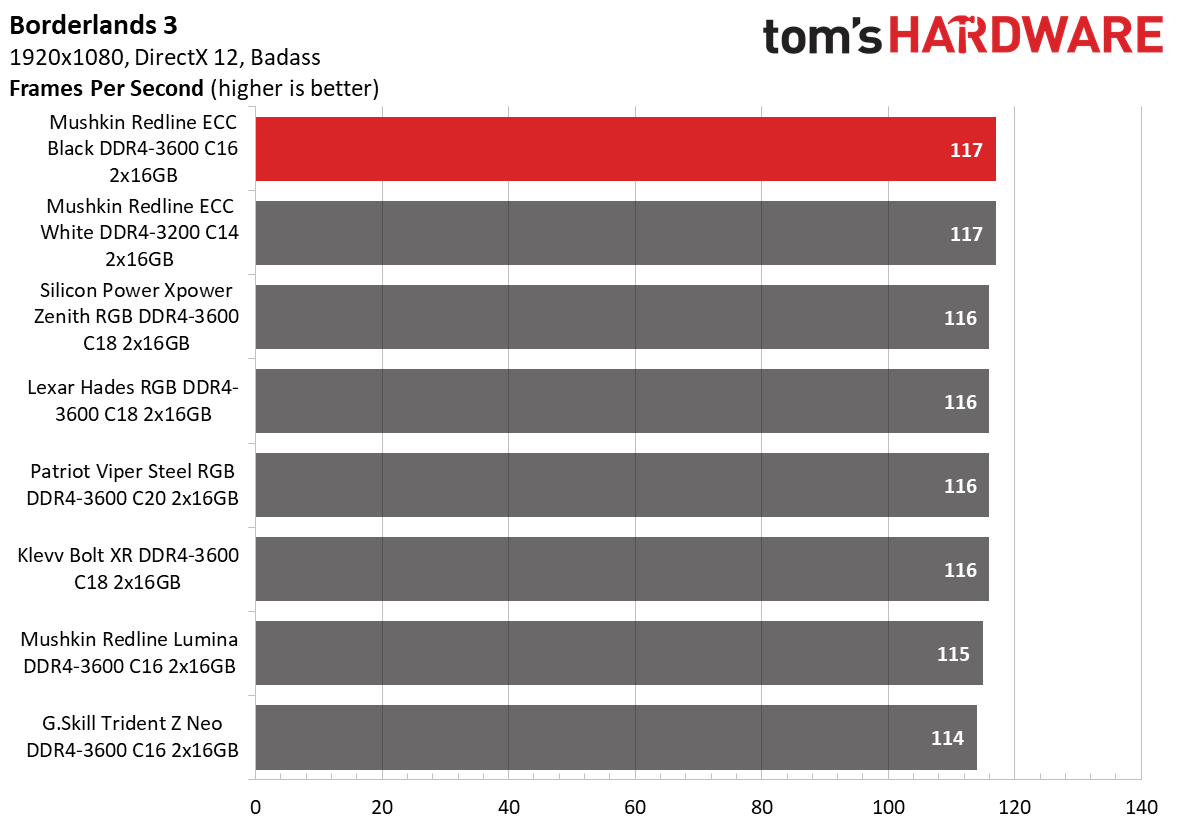



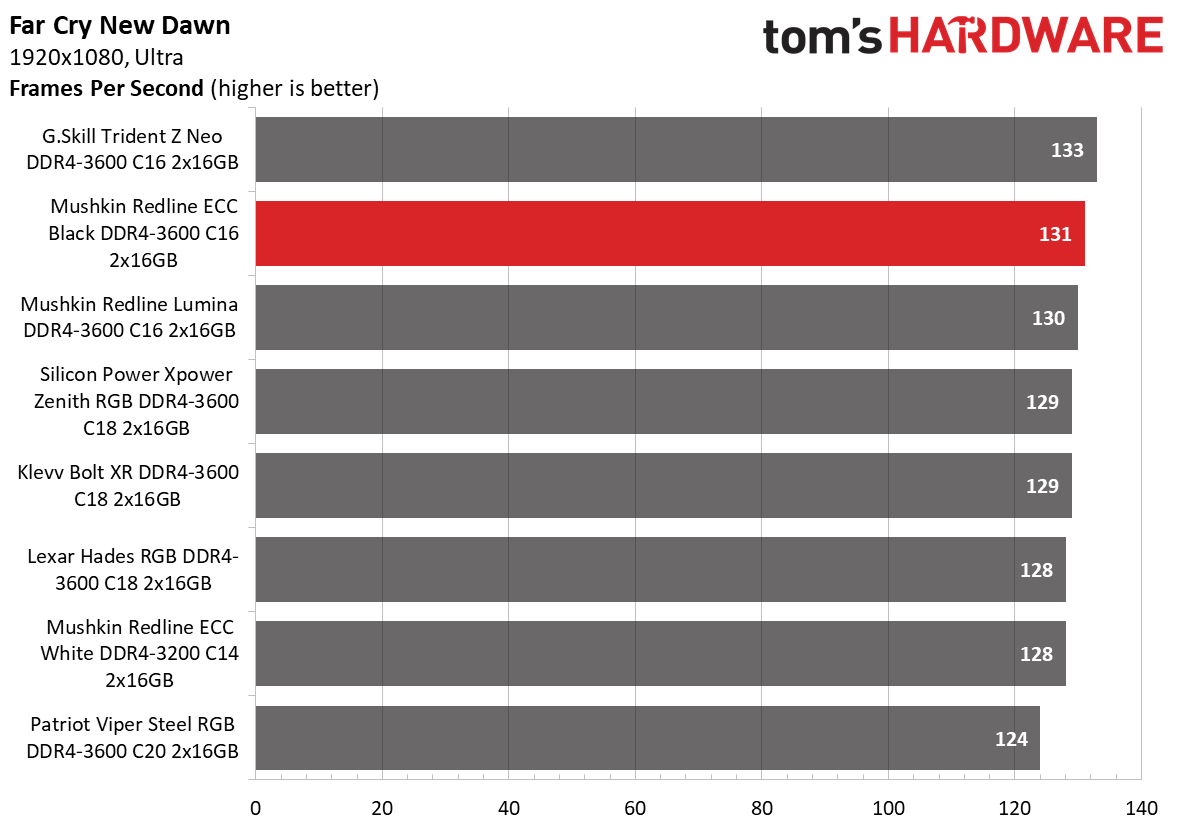
The Redline ECC Black ended up in the middle of the Intel application performance chart. The memory flaunted its muscle in the Microsoft Office workload. We doubt there will be widespread use of ECC memory in gaming systems. Nonetheless, the memory surprised us as it managed to take fourth place overall in our gaming benchmarks.
AMD Performance
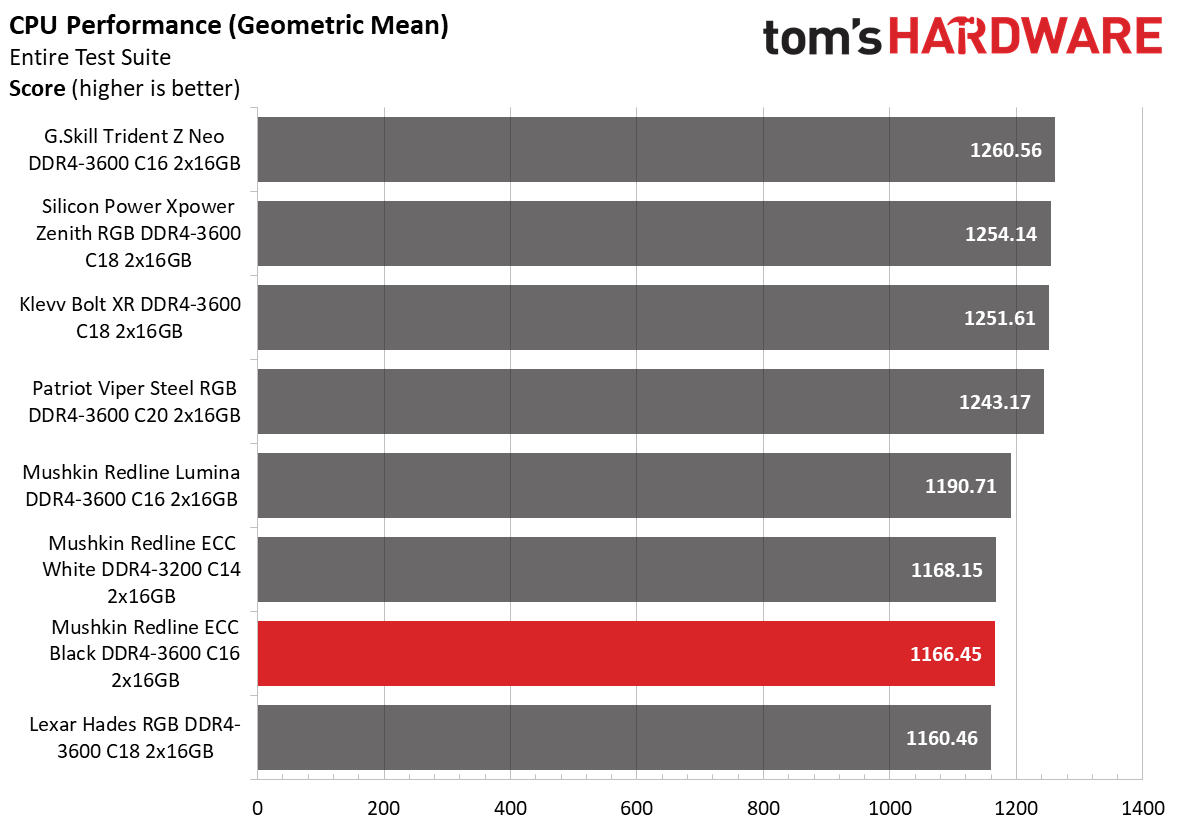
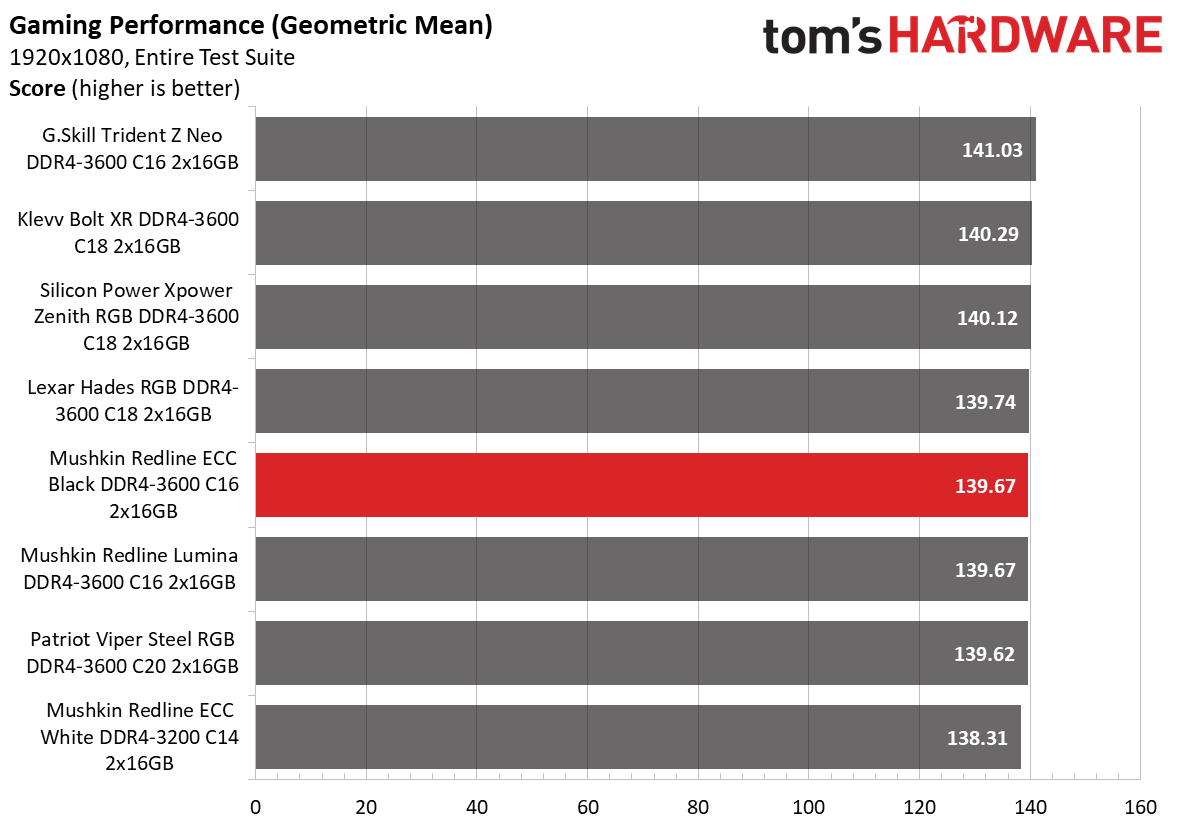






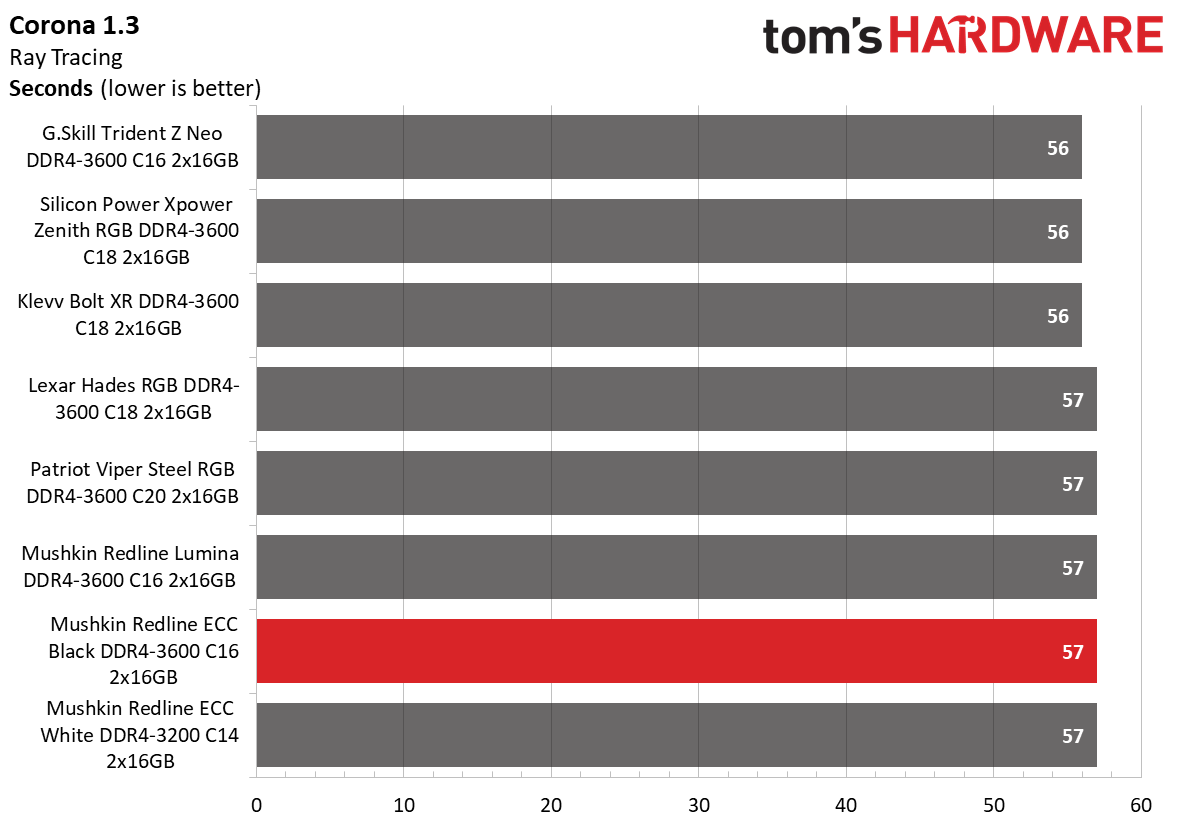


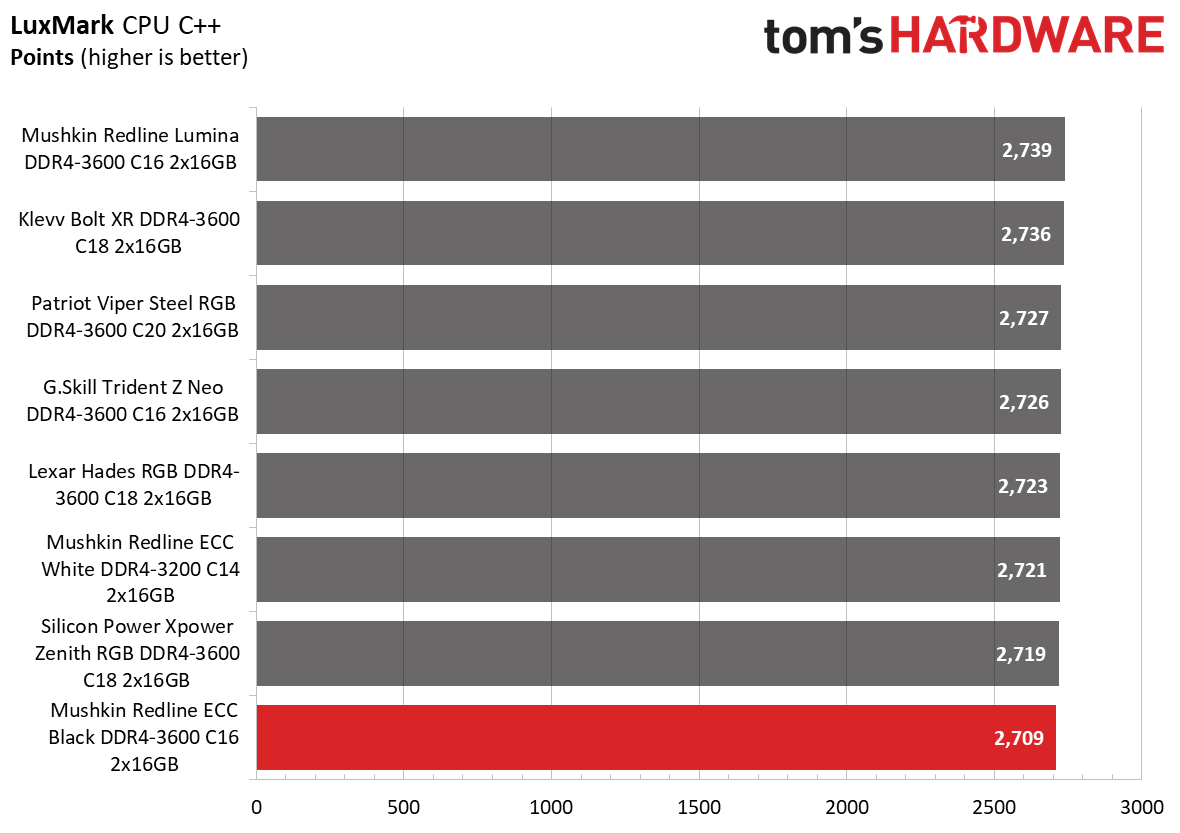
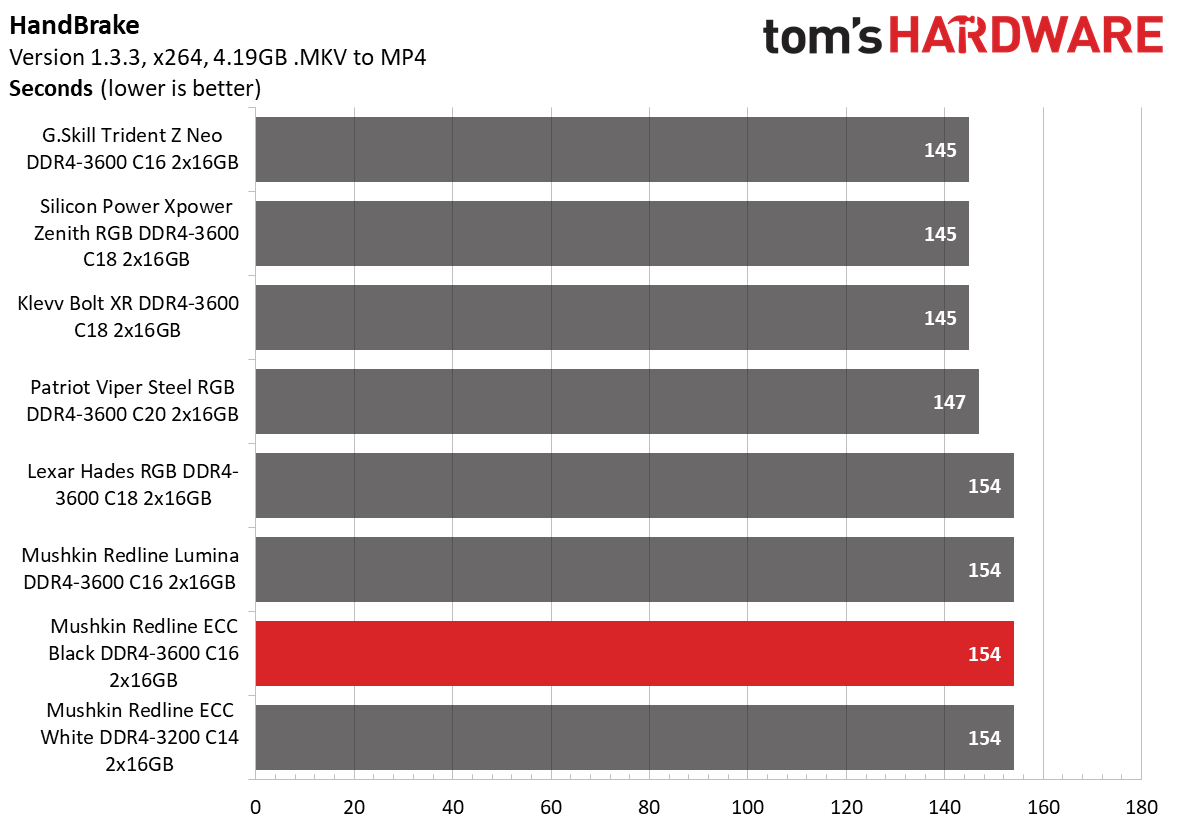
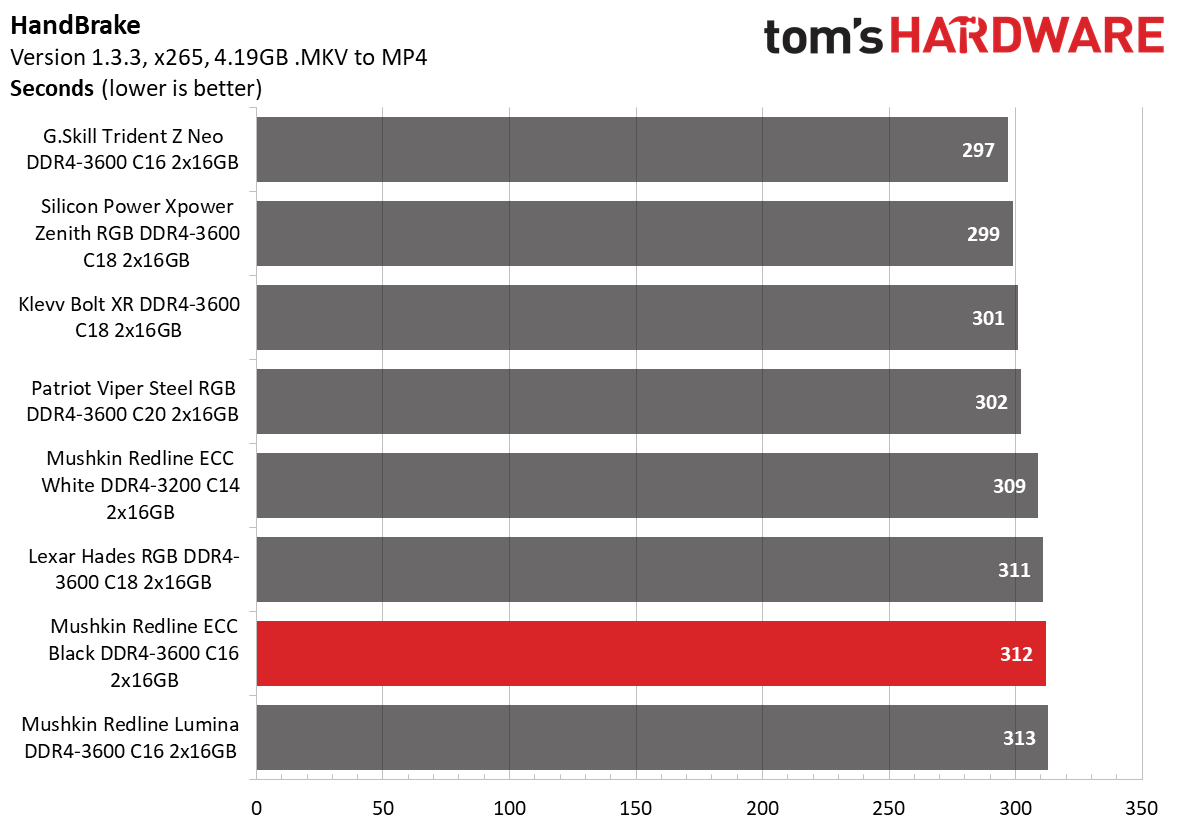
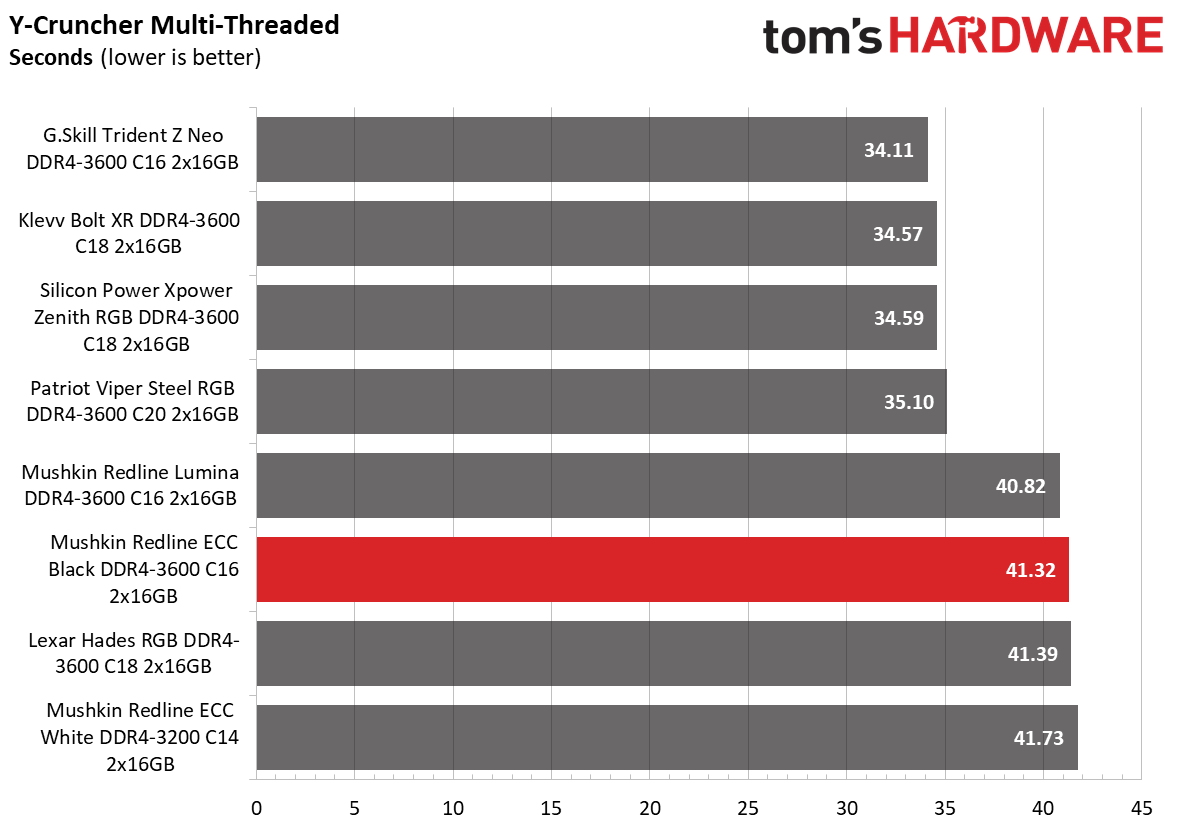
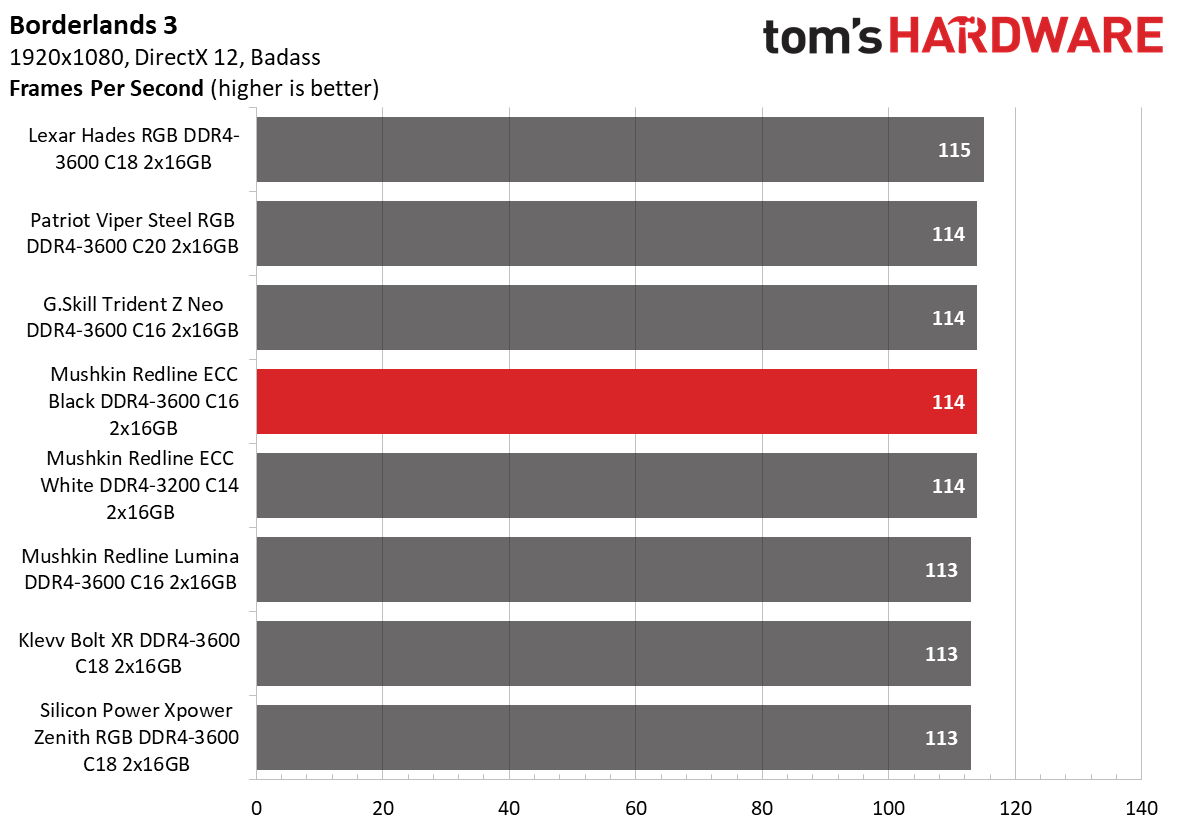
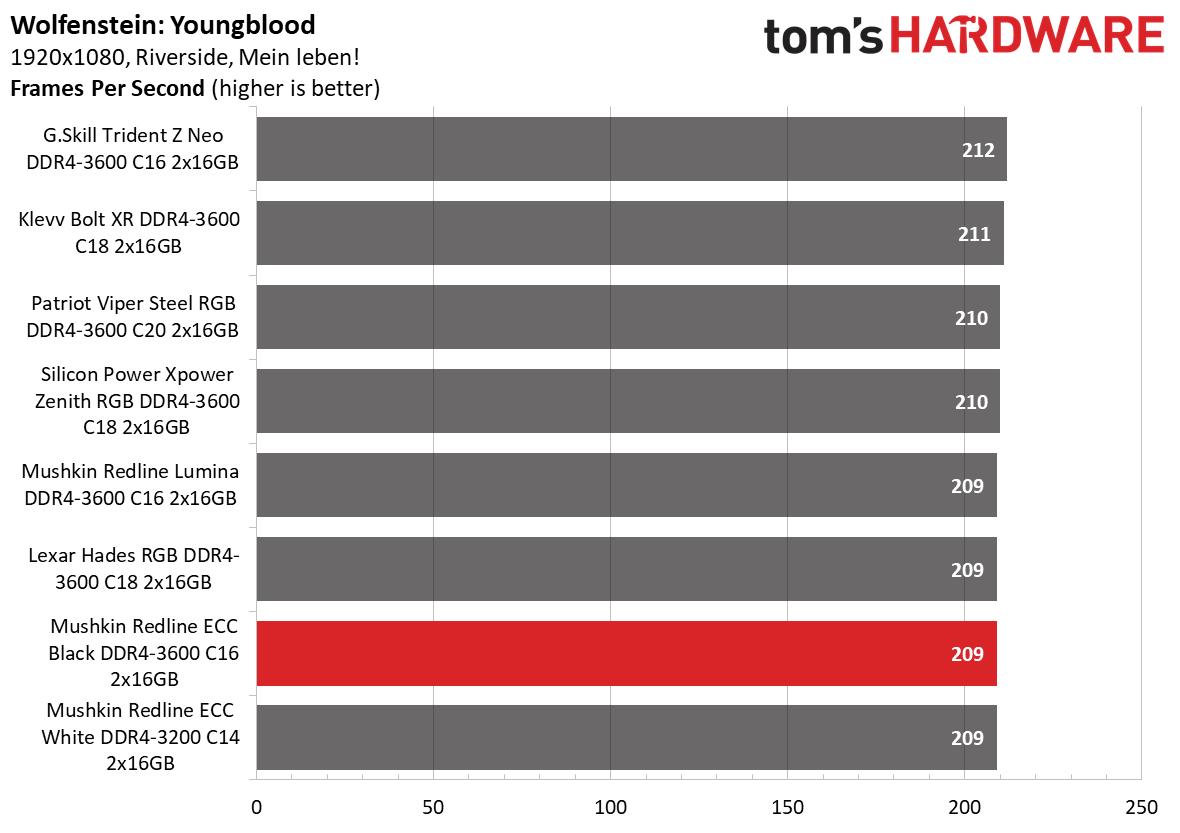
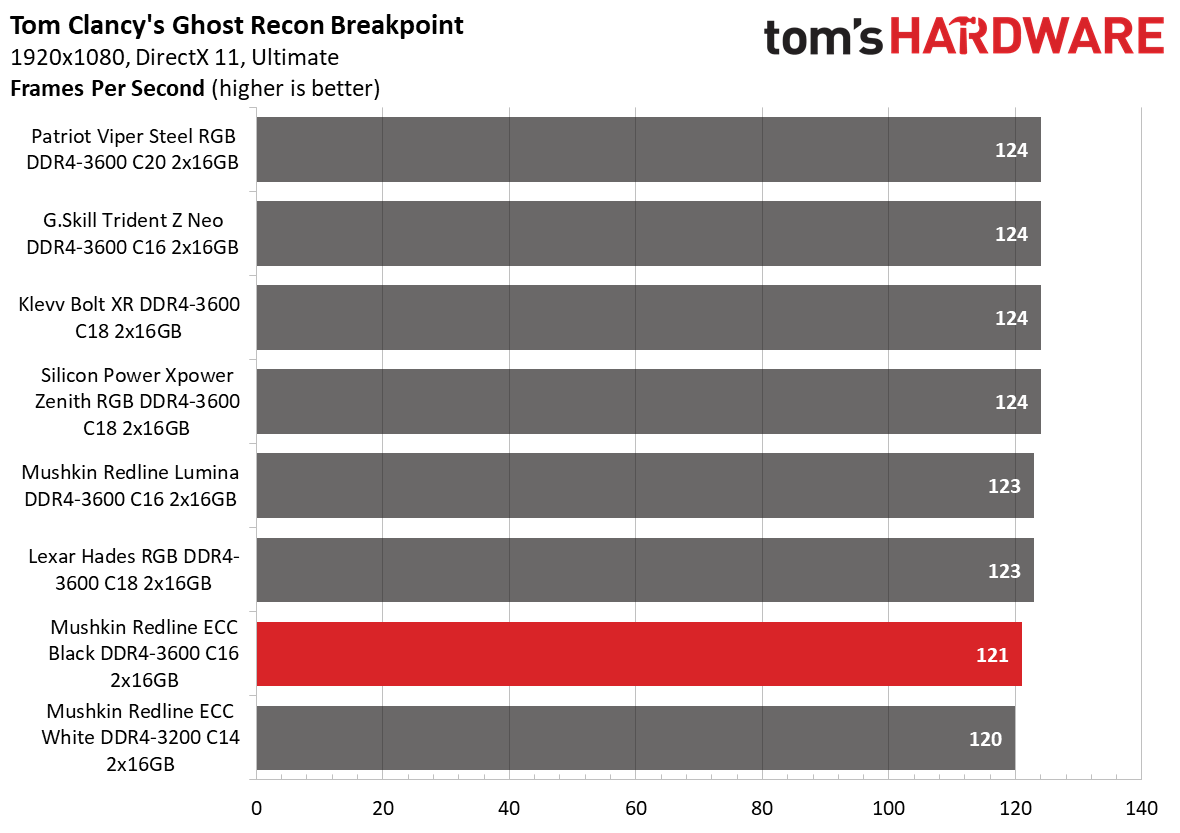
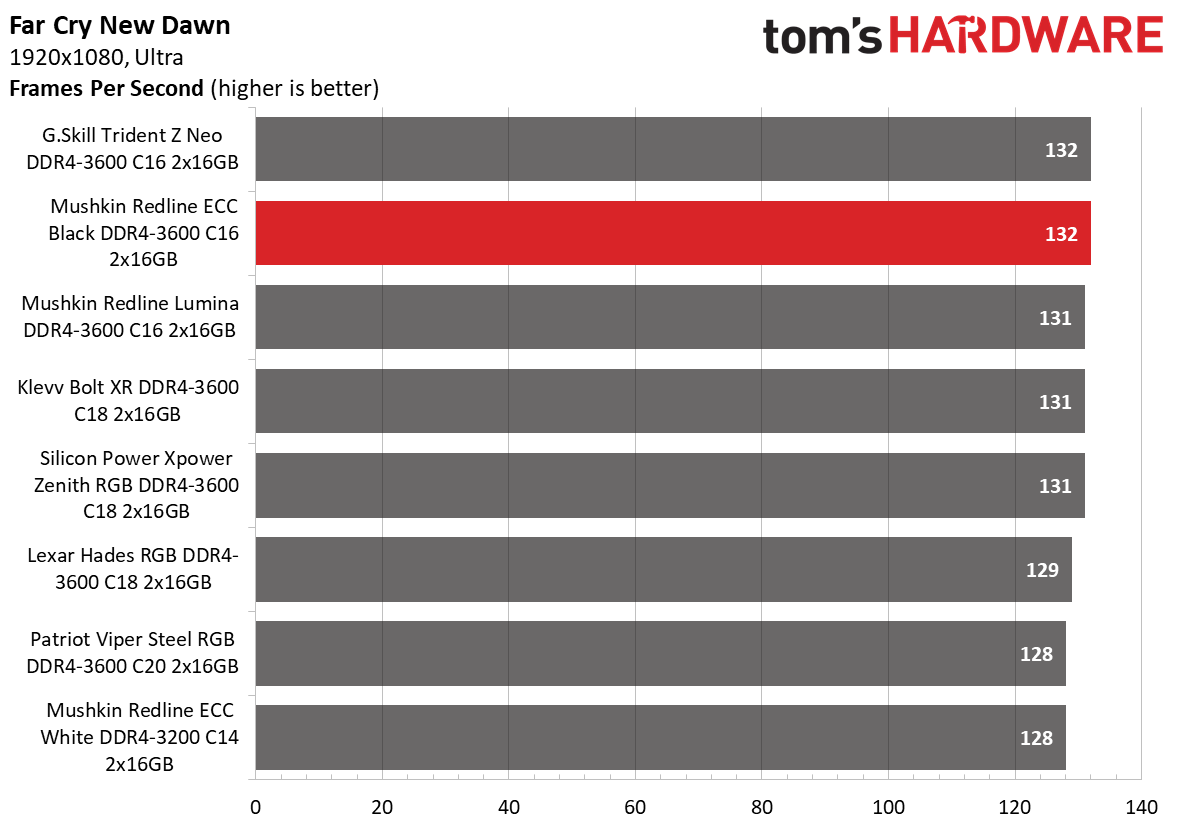
The AMD platform turned out to be the Redline ECC Black's Achilles heel. We observed a decline in overall application performance that found Mushkin's memory in the penultimate position. The memory kit didn't shine in any specific workload, either. Gaming performance was a tad worse than on the Intel platform.
Overclocking and Latency Tuning
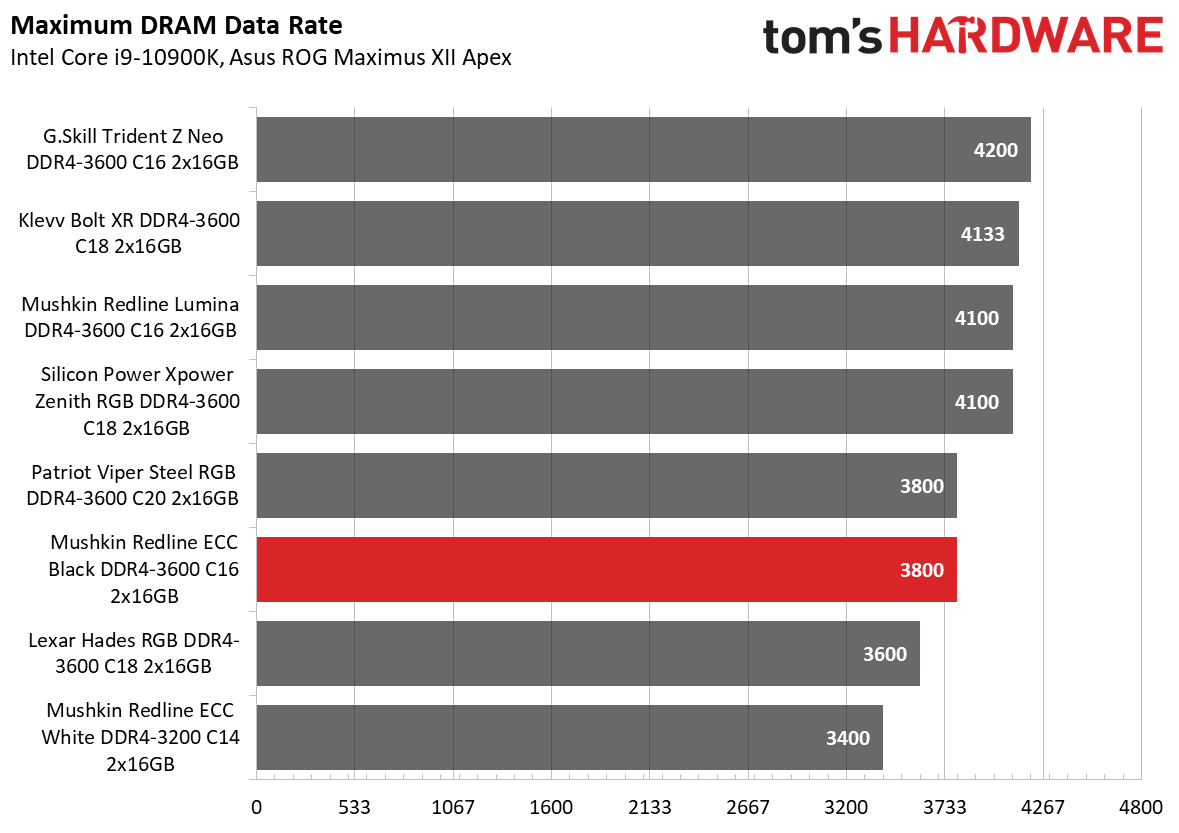


It was hard to squeeze a hefty overclock out of the Redline ECC Black since the XMP voltage was already at 1.4V. However, upping the DRAM voltage to 1.45V quickly put us at DDR4-3800 with the exact rated timings for DDR4-3600.
Lowest Stable Timings
| Memory Kit | DDR4-3200 (1.45V) | DDR4-3400 (1.45V) | DDR4-3600 (1.45V) | DDR4-3800 (1.45V) | DDR4-4100 (1.45V) | DDR4-4133 (1.45V) | DDR4-4200 (1.45V) |
|---|---|---|---|---|---|---|---|
| G.Skill Trident Z Neo DDR4-3600 C16 | N/A | N/A | 13-14-14-35 (2T) | N/A | N/A | N/A | 19-19-19-39 (2T) |
| Klevv Bolt XR DDR4-3600 C18 | N/A | N/A | 16-19-19-39 (2T) | N/A | N/A | 18-22-22-42 (2T) | N/A |
| Mushkin Redline Lumina DDR4-3600 C16 | N/A | N/A | 16-17-17-37 (2T) | N/A | 17-19-19-39 (2T) | N/A | N/A |
| Silicon Power Xpower Zenith RGB DDR4-3600 C18 | N/A | N/A | 17-19-19-39 (2T) | N/A | 18-22-22-42 (2T) | N/A | N/A |
| Patriot Viper Steel RGB DDR4-3600 C20 | N/A | N/A | 16-20-20-40 (2T) | 17-26-26-46 (2T) | N/A | N/A | N/A |
| Mushkin Redline ECC Black DDR4-3600 C16 | N/A | N/A | 16-18-18-38 (2T) | 16-19-19-39 | N/A | N/A | N/A |
| Lexar Hades RGB DDR4-3600 DDR4-3600 C18 | N/A | N/A | 17-20-20-40 (2T) | N/A | N/A | N/A | N/A |
| Mushkin Redline ECC White DDR4-3200 C14 | 16-20-20-40 (2T) | 14-18-18-38 (2T) | N/A | N/A | N/A | N/A | N/A |
Being Micron ICs, we couldn't get the timings very low, even at 1.45V. We got the tRCD, tRP, and tRAS as low as 18-18-38 before the memory became unstable. The CAS Latency remained at 16 clock cycles.
Bottom Line
Mushkin used a single-rank design for the Redline ECC Black DDR4-3600 C16 memory modules, which affects the memory's performance on the Intel platform and has an even bigger impact on the AMD platform. It's a shame because the memory would have performed better if Mushkin had opted for a dual-rank structure. As a result, the Redline ECC Black DDR4-3600 C16 kit cannot compete against enthusiast-grade memory kits like the G.Skill Trident Z Neo DDR4-3600 C16.
Mushkin's memory kit currently retails for $236.50. Yes, it's a bit more expensive than your standard DDR4-3600 C16 memory kit, and we expected that since it's ECC memory, after all. However, the Redline ECC Black DDR4-3600 C16 certainly has a spot in the market, offering enthusiasts an ECC option that's better than the standard ECC memory at DDR4-2133 or DDR4-2666 with sloppy timings.

Zhiye Liu is a news editor, memory reviewer, and SSD tester at Tom’s Hardware. Although he loves everything that’s hardware, he has a soft spot for CPUs, GPUs, and RAM.
-
abufrejoval My home-lab workstations may occasionally see some gaming action during after hours, but their primary use case is IT architecture design with nested virtualization and machine learning workloads.Reply
So they got 128GB of RAM or a billion bits and at that point I start worring about bit flips with long running critical workloads. So I put ECC on them for peace of mind and was quite glad DDR4-3200 ECC mocules were available at all when the Ryzen 9 5950X launched, even if I had to hunt them down piecemeal (3 purchases over several weeks to get 4 DIMMs!).
I tested the system in the mean-time with a dual DDR4-4000 kit and yes, synthetic benchmarks showed slightly better results. Can't say I ever noticed in gaming but the main issue there is that at native 4k on a 42" screen even an RTX 2080ti is "challenged", while the next gen GPUs, even an RTX3090ti doesn't seem guaranteed to do 4k at high quality settings, either.
The original IBM-PC came with parity protecting extra DIL RAM chips in 1981 and I've always felt safer knowing that I'd at least be notified when RAM were to go bad. So I'm glad ECC is becoming more mainstream with DDR5, but then susceptability to Row-Hammer like attacks is also rising steeply as density creeps up. -
Lord_Moonub Small point here. The use of penultimate in the article is questionable.Reply
Ultimate usually refers to the premier position, number 1 in a ranking.
Penultimate does literally mean “last but one” in a sequence. In the article it is used to indicate “last but one” in a list. It’s not technically wrong but in a sense the assumed sort order for the list when using this expression would be “worst to best” not “best to worse”. So using penultimate this way is likely to cause confusion. So readers would assume the penultimate performer to be second best, not second to worst. -
abufrejoval So I went ahead and ran Sandra myself just to compare:Reply
1. Ryzen 9 5950X 16 core with Kingston DDR4-3200 and 22 clock timings I get slightly better than 36GB/s bandwidth with dual channel memory and a rather unimpressive sounding 73ns of latency. The various caches, including 2x32MB of L3 seem to help alleviate that, because the machine is certainly no slouch.
2. Haswell Xeon E5-2696v3 18 core with Micron DDR3-2133 and 15 clock timings I get 51,3GB/s bandwidth because it's 4 channels and a much better sounding 42nm of latency. Again the unified 45MB L3 as well as dedicated L1/L2 should help with workloads that have good locality.
The first system actually started with a Ryzen 7 5800X and at that point the two very almost an exact match for multicore workloads like Blender, even energy consumption for the CPUs ware fairly similar at around 110Watts, even if the Haswell is officially a 150 Watt TDP SKU. Of course the monolithic Intel chips was vastly bigger at 22nm and vastly more expensive at official prices.
But I got mine cheap from China, where the OEM top bin E5-2696v3 (with 3.8GHz peak clock) were sold to hyperscalers at a fraction of E5-2699v3 list prices. Of course on single threaded workloads the Ryzens thrash any Haswell and the 5950X adds another 60% to what the 5800X can do with only 30 more Watts (140 instead of 110).
Yes ECC DIMMs rarely qualify as speed daemons and Sandra has RAM look rather bad on AMD Zen3, but thankfully that doesn't seem to translate to applications. For pure gamers ECC most likely is a waste of money but if you're also running long money maker workloads, ECC won't put you back too much: neither in money nor in performance. -
Soul_keeper This is good news imo.Reply
Hopefully more companies follow suit and we start getting ecc into the mainstream.
